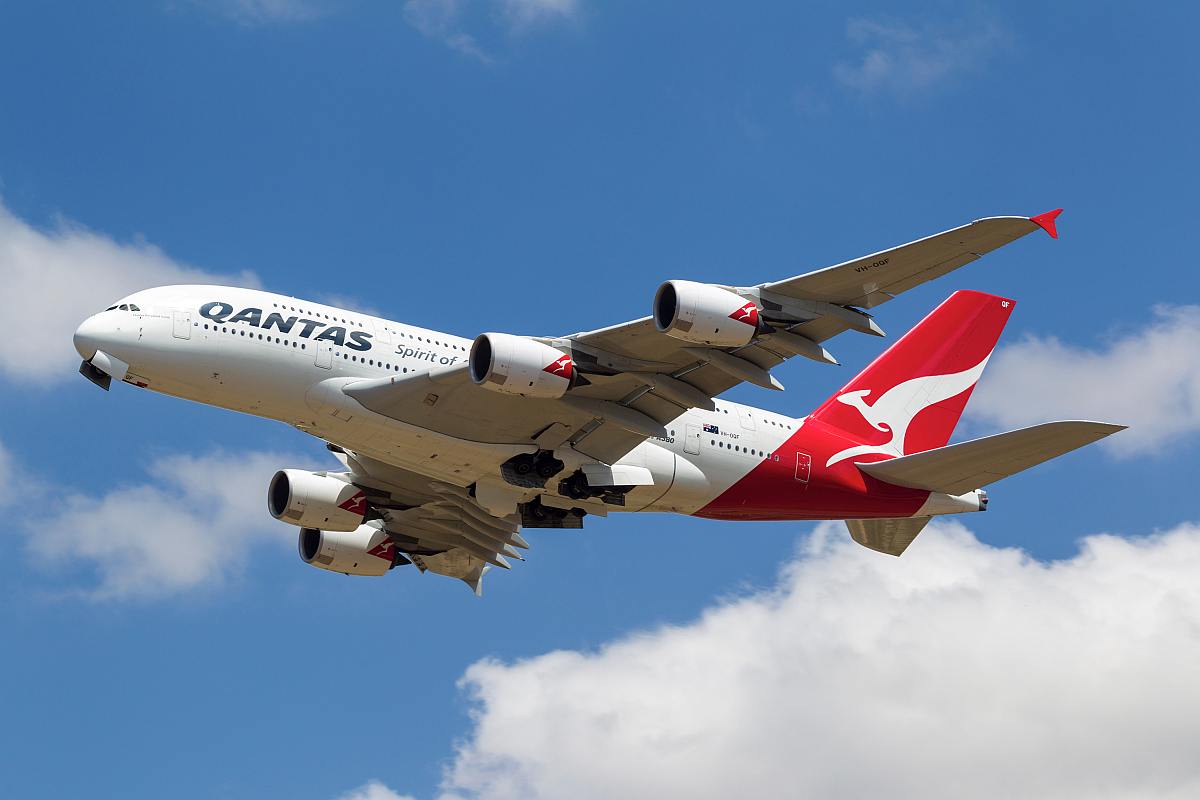Qantas airways is set to test the mental and physical limits of world’s longest non-stop flight which will operate from New York to Sydney this weekend.
In the first of three “ultra long-haul” test flights planned by Australia’s national flag carrier this year, researchers will monitor the effects on passengers of the 19-hour non-stop journey.
Up to 40 passengers and crew, most of them Qantas employees, will be on board the Boeing 787-9 when it departs New York on Friday. The plane is scheduled to arrive at Down Under Sunday morning. Passenger numbers have been restricted to minimise the weight on board and give the plane sufficient fuel range to travel approximately 16,000 kilometres (about 9,500 miles) without re-fuelling, heading west over the Pacific.
No other airline has ever achieved the feat, which Qantas CEO Alan Joyce has called the “final frontier in aviation.” Scientists from two Australian universities will be on board to monitor passengers’ sleep patterns, melatonin levels, and food consumption.
Pilots will also wear a device that tracks their brain waves and alertness. With a 15-hour time difference between New York and Sydney, the impact of jet lag will be closely watched.
According to The West Australian, the research is part of ongoing studies Qantas is conducting with the University of Sydney’s Charles Perkins Centre (CPC) to identify scientifically-backed methods to reduce fatigue.
The preliminary findings were released ahead of Qantas’ first Project Sunrise research flight, which will fly non-stop from New York to Sydney. The findings will be used to inform future service and product design aimed at increasing health and comfort during travel.
The initial findings showed 54 per cent of people surveyed used earplugs or noise-cancelling headsets to help them sleep on long haul flights.
Thirty-eight per cent drink alcohol to aid their sky slumber and 10 per cent used sleeping tablets. Thirty-nine per cent choose healthy food when they arrive at their destination to help with recovery.
The study also revealed what passengers aren’t doing, with less than half of travellers (47 per cent) surveyed not making a conscious effort to venture out into the sunshine upon arrival – a proven way to overcome jet lag.
Qantas last year introduced the first direct service from the western Australian city of Perth to London, with the 17-hour journey one of the longest passenger flights in the world.
As well as the New York-Sydney route, Qantas will test a service from London to Sydney in the coming months.
Qantas pilots have raised concerns about the impact of ultra long-range flying on safety standards. The Australian and International Pilots Association (AIPA), which represents Qantas pilots, said the exploratory flights “will produce a limited set of data that will not adequately replicate real-world flying conditions.”
AIPA safety director Shane Loney has called for a “scientific long-term study” into the impacts on crew. “Pilots are concerned about being able to get enough quality rest during ultra long-range flights to maintain peak performance and we believe significant caution should be exercised in the initial operations to make sure there are no unintended consequences,” he said.
A Qantas spokesperson said the test flights are “just one part of the work we are going to assess how do we operate these flights safely.” Both Airbus and Boeing have pitched aircraft for the Qantas ultra long-haul routes. Joyce has said it is not a “foregone conclusion” which company will be chosen.











